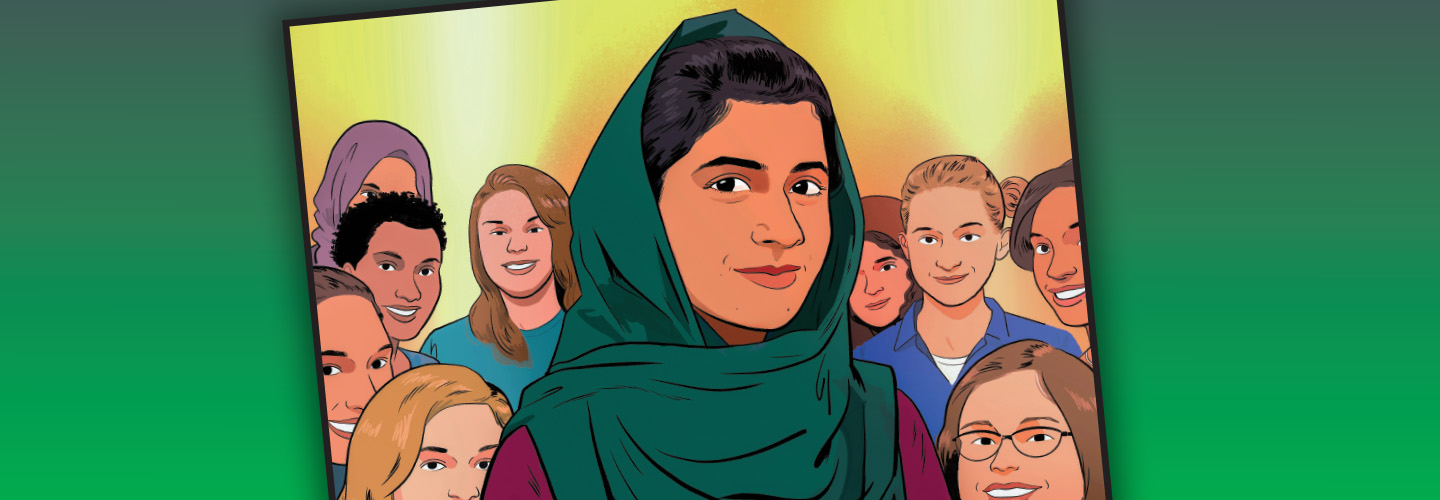Growing up, Malala Yousafzai (muh-LAH-luh yoo-suf-ZAI) loved learning. She dreamed of becoming a doctor. But when she was 10, going to school became very dangerous.
In 2007, a terrorist group called the Taliban took over her hometown in Pakistan. Taliban leaders said girls couldn’t get an education.
Malala didn’t agree with the Taliban. She risked her life to stand up for girls’ right to go to school.

